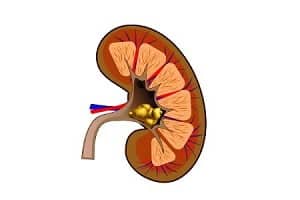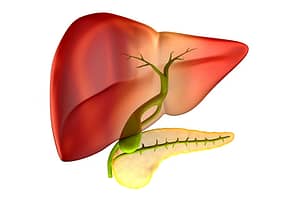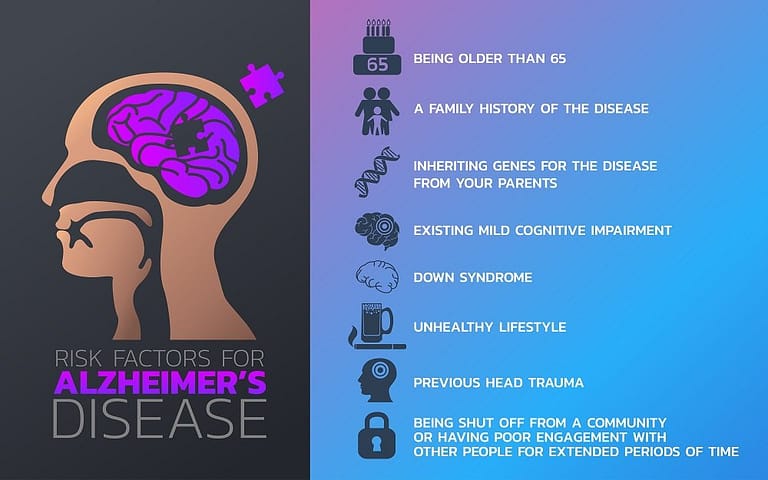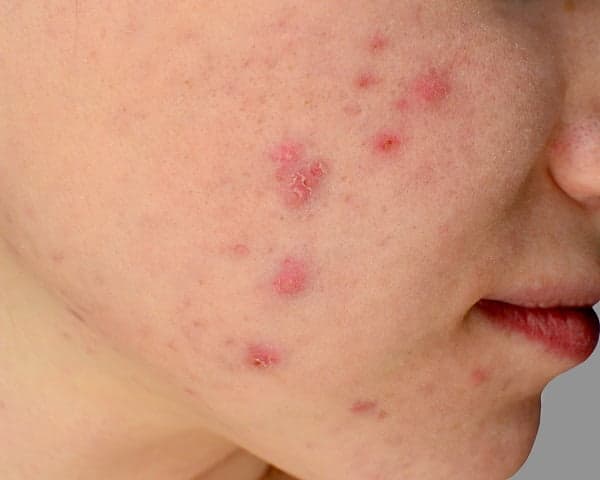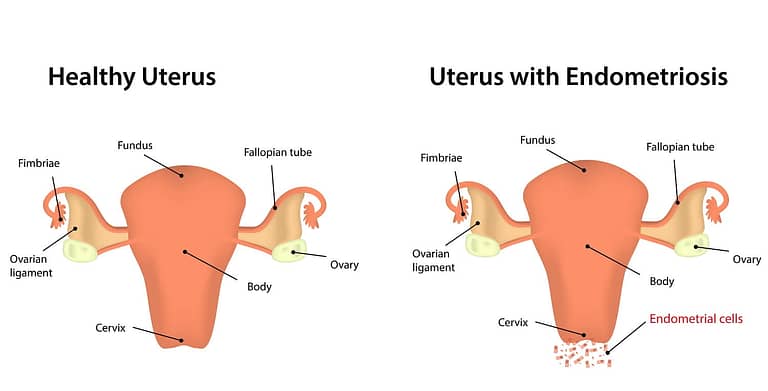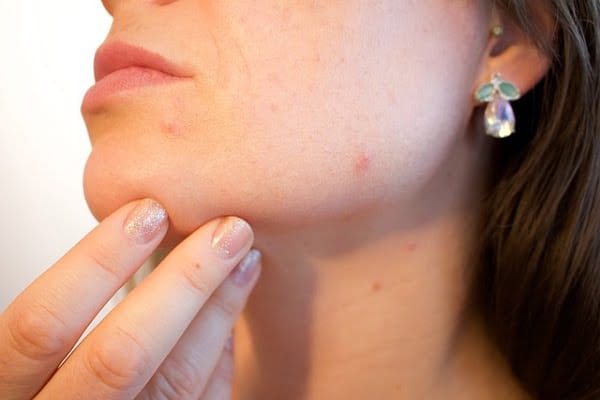Browsing: Hair and Skin

The page provides quick access to a list of common hair and skin diseases, syndromes, health conditions, and other topics of health importance about your skin and hair. The list is organized alphabetically. Links are provided to respective diseases sections that serve as a comprehensive and ultimate guide about the disease or health condition.
Skin and hair are the outer most protective layer of our body. It protects our body from foreign particles and infections and contains various glands. The skin has the ability to renew itself in every 28 days. The changes which appear on the skin may sometimes indicate overall health of an individual.
Skin and Hair diseases come under the category of dermatology, which is defined as the branch of medicine which deals with diseases related to hair, skin and nails. Skin and hair diseases are treated by a dermatologist, which includes both medical and surgical treatment options.
Presently, skin and hair diseases have shown a widespread occurrence. According to the American Academy of Dermatology, 84.5 million Americans have been affected with skin and hair diseases. These diseases can affect people of any age group, but high incidences are observed in people above the age of 65.
Some common skin disease includes dermatosis, non-melanoma cancer, eczema, melanoma and shingles. Some prevalent hair diseases include androgenetic alopecia, cosmetic hair damage, discoid lupus erythematosus, lichen planopilaris and dandruff.
Scars are formed when acne penetrates the skin deeply and damages the tissues. The main cause of scars is the inflamed lesions, such as a papule, pustule, or a cyst. Inflammation occurs when a follicle or pore becomes clogged with excess oil, dead skin cells, and bacteria. Treatment may vary depending on the types of scars.
The common term for acne is acne vulgaris or hormonal acne. Acne causes skin irritation and pain. It mainly occurs due to excess oil secretion which blocks skin pores. It might develop due to skin infections or hormonal imbalance. Medications should be provided so that the infection might not spread to the uninfected area.
Our back contains many sebaceous glands that secrete sebum, an oily substance. Sebum mixes with dead skin cells and bacteria, which then can build up in the hair follicles on the back and clog them. A clogged follicle breaks down and forms an acne lesion, which causes back acne.
Lasers produce intense beam of monochromatic light of narrow wavelength. It can be used to treat acne scars and hyper-pigmentation. Dermatologists use lasers to destroy specific target areas at specific depths in the skin. It is a painless procedure and there is no risk of infection as well.
